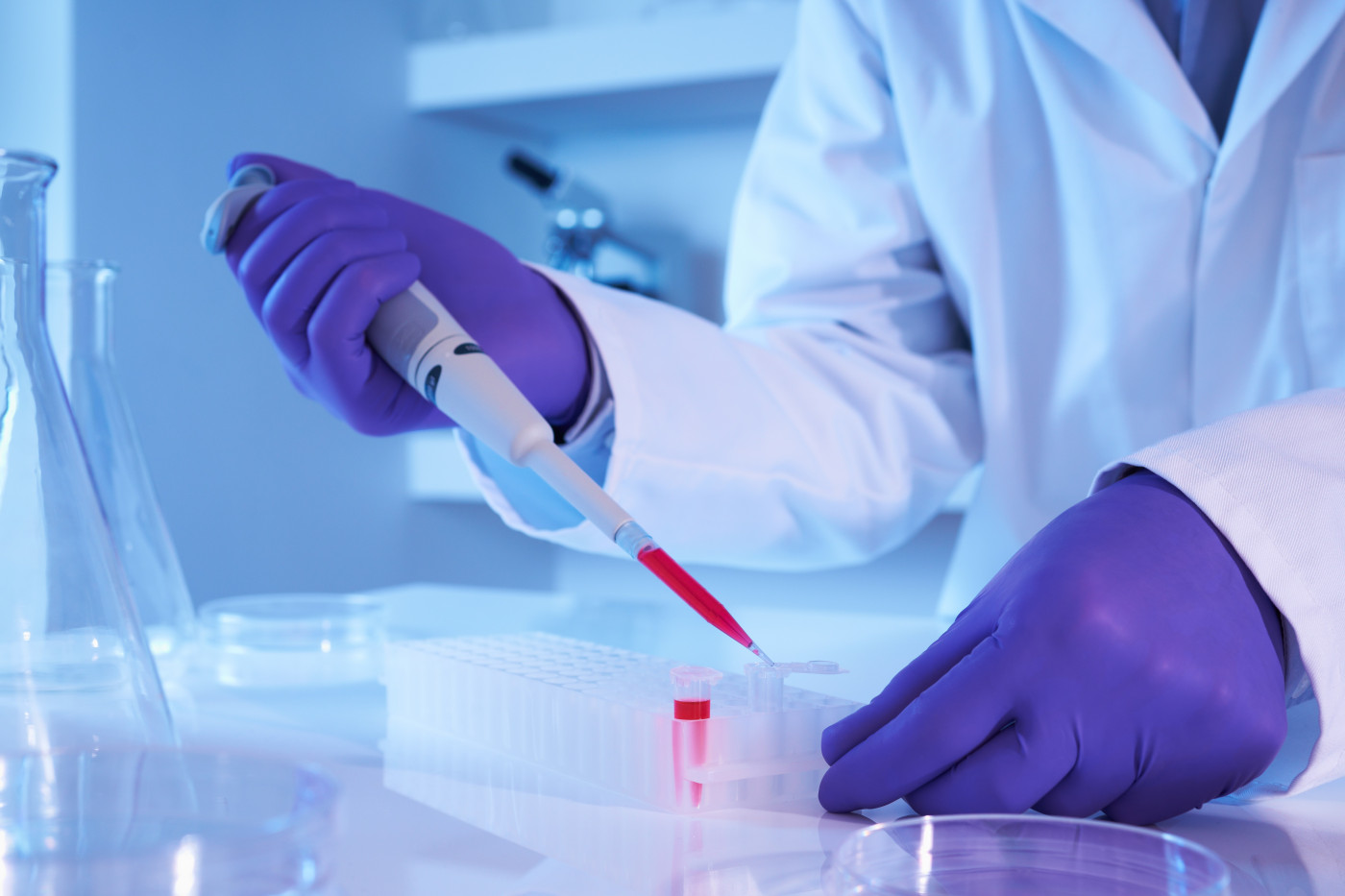New Patient-derived Nerve Cell Model Will Aid in Research, Testing
Written by |

Researchers have developed a patient-derived cell model of aromatic l-amino acid decarboxylase (AADC) deficiency that could provide important insights into the biological underpinnings of the disease, as well as serve as a platform to test potential treatments.
The nerve cell model was described in the journal Brain, in a study titled “Aromatic L-amino acid decarboxylase deficiency: a patient-derived neuronal model for precision therapies.”
The AADC enzyme is needed for the production of certain brain signaling molecules or neurotransmitters, namely dopamine and serotonin. In people with AADC deficiency, mutations in the gene that codes for this enzyme — called DDC — render the body unable to produce a functional AADC enzyme. That leads to abnormally low levels of these neurotransmitters.
To better understand this rare disease, researchers at University College London, in the U.K., and the University of Verona, in Italy, developed patient-derived cell models of AADC deficiency.
The researchers collected skin cells, called fibroblasts, from two patients with AADC deficiency, as well as from two healthy people of the same age (controls) for comparison. Through a series of biochemical manipulations, these fibroblasts were reverse-engineered into stem cells that can grow into various other cell types. Stem cells made in this way are called induced pluripotent stem cells, or iPSCs.
Next, the scientists gave the iPSCs biochemical cues to grow into midbrain dopaminergic neurons — the brain cells that make dopamine. Thus, the researchers had a model of brain cells from two patients and from two healthy controls.
A battery of experiments demonstrated that, as expected, the two patient-derived neurons had low AADC activity and low levels of dopamine and related molecules. The experiments also demonstrated that gene expression — the extent that different genes in cells are “turned on or off” — was altered in the models of AADC deficiency.
Of note, although both models were derived from AADC deficiency patients, the two patients had different specific mutations in the DDC gene, and this was reflected in the models.
In the first cell model, levels of the AADC enzyme were actually higher than in the control models. However, because of the specific DDC mutations, the enzyme that was produced did not function.
Meanwhile, in the second model, the cells did make some functional AADC enzymes. However, the levels were too low for normal dopamine production. This difference is important, the researchers demonstrated, because it affects how the cells respond to treatment.
Specifically, the researchers then treated the cell models with L-DOPA. In simple terms, this can be thought of as giving cells a lot of “raw material” with which to make dopamine. In the first model, where no functional enzyme was produced, L-DOPA treatment had no effect on the production of dopamine and related substances. However, in cells from the second patient, L-DOPA treatment led to an increase of dopamine and related molecules.
These findings “demonstrated the potential utility of L-DOPA treatment for some patients with AADC deficiency,” the researchers wrote. They noted a need for future studies to evaluate whether some people with AADC deficiency might benefit from L-DOPA treatment.
“More generally,” the team added, “our study shows that better definition of the [chemical and physiological] properties of specific mutations with subsequent validation in patient-relevant models has great potential in guiding personalised pharmacological strategies for rare disorders.”
Gene therapy is a potential strategy to treat AADC deficiency. Conceptually, the goal of gene therapy is to deliver a non-mutated version of the DDC gene to cells in the body.
The two patient-derived cell models responded well to a gene therapy in which an engineered virus was used to deliver the non-mutated gene, the researchers demonstrated. In both patient models, cells treated with the gene therapy had AADC enzyme activity comparable to what was seen in the control models. Various indices of cell health also improved after gene therapy treatment.
“We have shown recovery of AADC enzyme activity and specific neuronal maturation defects using a gene therapy approach in patient-derived neurons. In tandem with other models, such therapeutic testing in iPSC-based systems may in the future guide and influence clinical trial design,” the researchers wrote.
The cell model will help give new insight to researchers as potential treatments are developed.
“As new therapeutic avenues emerge for patients with AADC deficiency, our study shows the clear utility of an iPSC-based modelling system to elucidate disease mechanisms and evaluate therapeutic strategies,” the team concluded.





